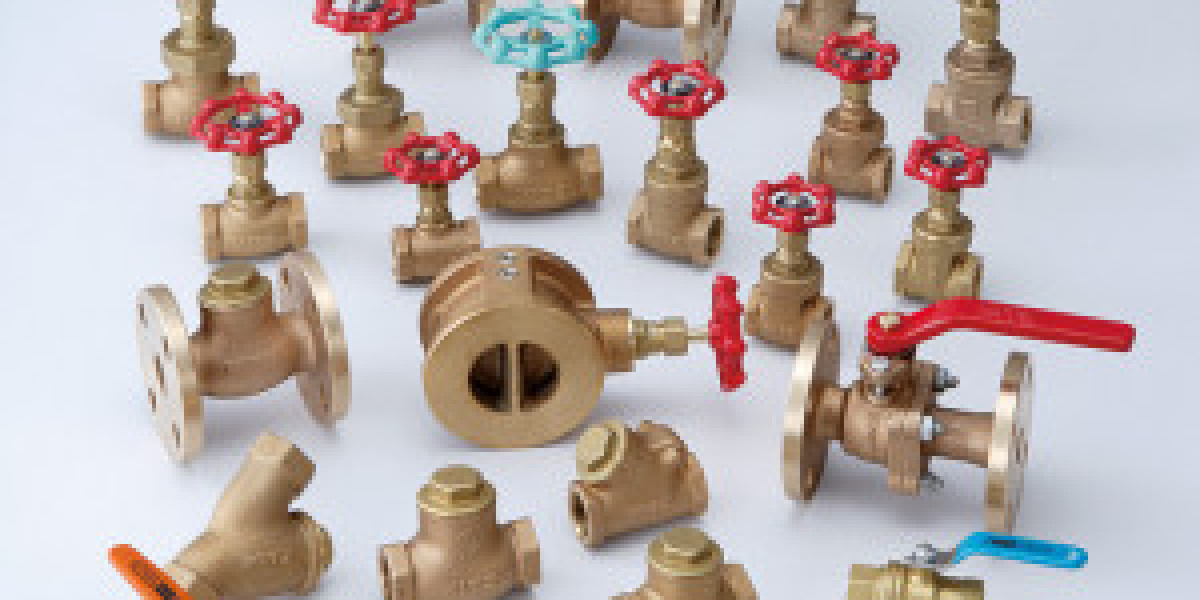Brass ball valve is a robust, quarter-turn valve widely used in residential, commercial, and industrial piping systems for on/off control of liquids and gases. Its core mechanism features a spherical ball with a hole through the center (the "bore") that aligns with the flow when open and blocks it when turned 90 degrees. Constructed with a corrosion-resistant brass body, a brass ball valve ensures leak-tight performance, long service life, and easy operation, even under high-pressure or high-temperature conditions.
What Is a Brass Ball Valve?
A brass ball valve is a type of shut-off valve that controls the flow of fluids by rotating a perforated, pivoting brass ball inside the valve body. When the handle is parallel to the pipe, the valve is open; when turned perpendicular, the flow is shut off. This simple mechanism offers a fast, reliable solution for flow control.
Components of a Brass Ball Valve
Brass Body: Durable and corrosion-resistant, suitable for water, gas, oil, and air.
Ball: Typically chrome-plated for smooth rotation and minimal wear.
Seats: Usually made from PTFE (Teflon) for a tight seal.
Stem: Connects the handle to the ball and rotates it.
Handle: Manual lever or actuator for opening/closing the valve.
Key Features
Quarter-Turn Operation: Only 90° rotation needed for full open or close.
Full Bore or Reduced Bore: Full bore allows unobstructed flow; reduced bore saves space and cost.
Compact Design: Takes up less space than gate or globe valves.
Excellent Sealing: Suitable for applications requiring tight shut-off.
Long Lifespan: Brass and PTFE components resist wear and corrosion.
Common Applications of Brass Ball Valves
Plumbing Systems: Control water flow in homes, commercial buildings, and irrigation systems.
Gas Lines: Used for natural gas and propane distribution (ensure it meets safety standards).
HVAC Systems: Control hot and cold water loops.
Industrial Use: Ideal for low- to medium-pressure applications with liquids or non-corrosive gases.
Automated Systems: Easily paired with electric or pneumatic actuators for remote control.
Types of Brass Ball Valves
2-Way Brass Ball Valve
Most common type, with a single inlet and outlet for straight-through flow.
3-Way Brass Ball Valve
Has three ports for mixing or diverting flow, useful in more complex piping systems.
Threaded Brass Ball Valve
Easy installation with threaded connections for quick assembly.
Lead-Free Brass Ball Valve
Safe for potable water applications and compliant with modern plumbing codes.
Brass Ball Valve with Actuator
Automates valve control using electric or pneumatic actuators.
Advantages of Brass Ball Valves
Easy to Use: Smooth operation and quick shut-off.
Reliable: Excellent performance even after long periods of inactivity.
Corrosion Resistance: Brass resists rust and mineral buildup.
Affordable: Offers a good balance between performance and cost.
Wide Compatibility: Works with water, gas, oil, air, and non-corrosive chemicals.
Installation Tips
Use PTFE thread tape for leak-proof connections.
Ensure the valve is installed in the correct orientation (if directional).
Don’t overtighten the valve onto fittings to avoid damage.
Test the valve after installation to confirm tight shut-off.
Limitations
Not for Highly Corrosive Fluids: Brass may corrode in acidic or saline environments.
Temperature Restrictions: Typically suitable up to 200–250°F (93–121°C).
Not for Slurry or Dirty Fluids: Particles may damage the ball and seat.
Conclusion
A brass ball valve is a versatile, dependable, and easy-to-operate valve ideal for a wide range of fluid control applications. Whether you're outfitting a household plumbing system or managing flow in an industrial process, the brass ball valve delivers smooth performance, durability, and value. Its simple yet effective design continues to make it one of the most trusted valve types across industries worldwide.








